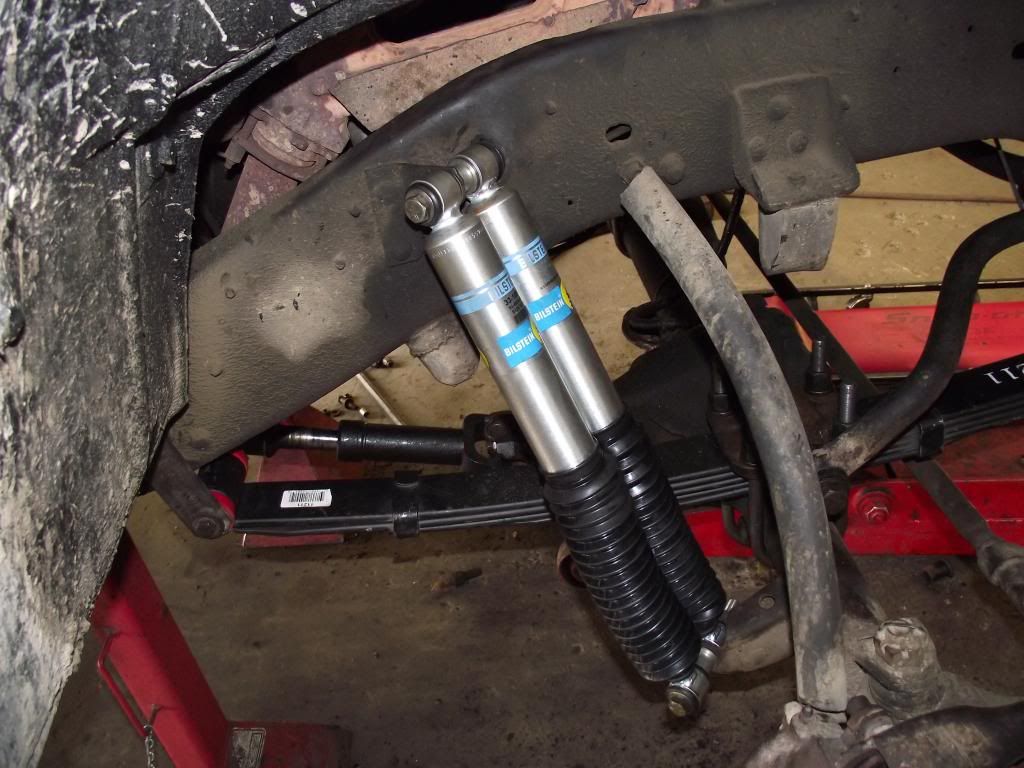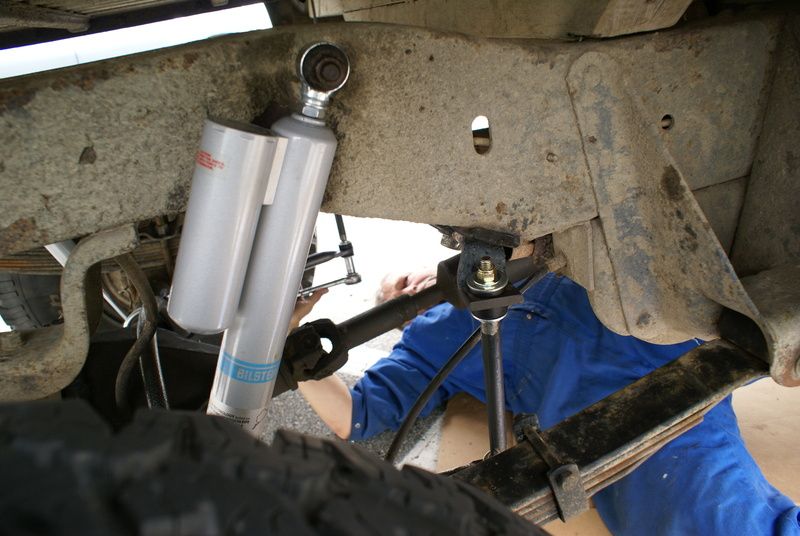The additional fluid and surface area help cooling somewhat but the main function of a remote reservoir is to handle the fluid displaced by the shaft. Minute damping adjustments can be made by varying the charge pressure if the reservoir has a schrader valve.
Well, not quite. I build road racing competition suspensions and shocks for a living. I'm also a Bilstein Motorsports dealer. We do use different pressures to achieve some very small changes to the shock. But it doesn't change the damping unless it is basically degassed and you loose damping once the shock oil froths. For some cars that compete under rules that do not allow them to change the spring we take advantage of the fluid displacement by using a shock with a thick shaft and a SMALLER nitrogen chamber (not a remote) so that we essentially turn the shock into a progressive gas spring. It's not the right way to use those parts, but when faced with a rule restriction we do what we can.
To make an actual damping change by changing the nitrogen pressure would require a huge change.
In most of the cars I work with, the reservoirs are there to do three things. Add more fluid to the shock and add more surface area to increase cooling, remove the floater piston (that separates the nitrogen from the oil) from the main body so you can achieve a longer stroke given a fixed length and to have a much larger nitrogen chamber (to avoid that gas spring effect) and to house the compression adjuster on double and triple adjustable dampers.
For our trucks, that second one, the additional stroke, is the important feature.
My advice to shock buyers is to use the shock with the largest piston available. There are fitment and minor weight issues going to a larger body shock, but the additional fluid, and the additional fluid that passes through the piston per mm of suspension movement is well worth it.


